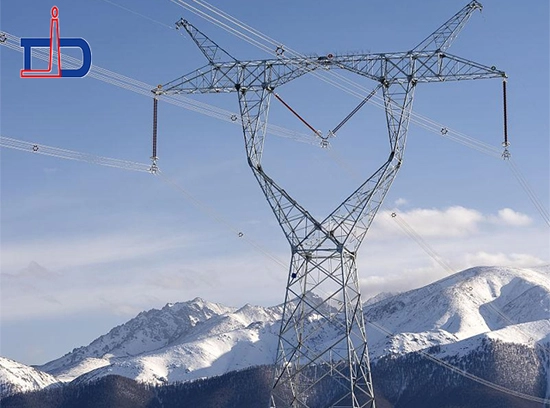
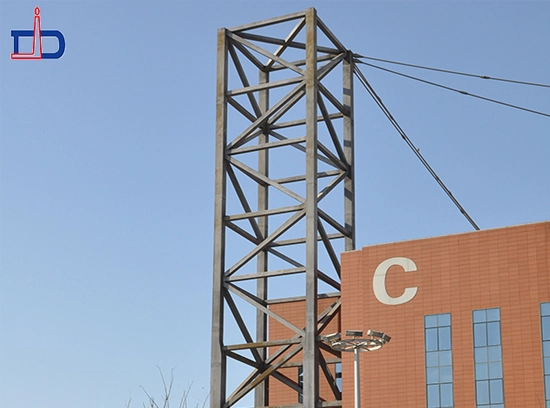
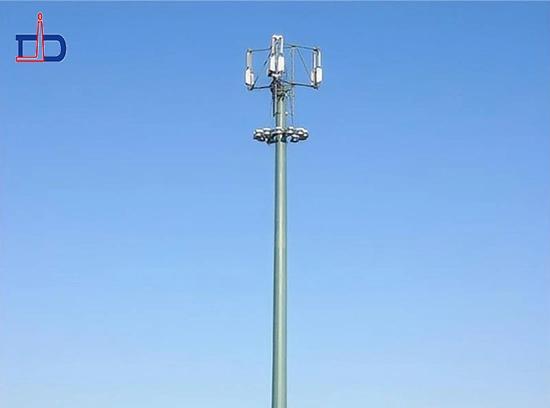
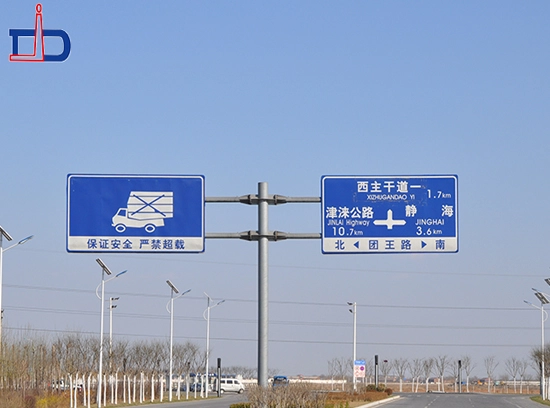
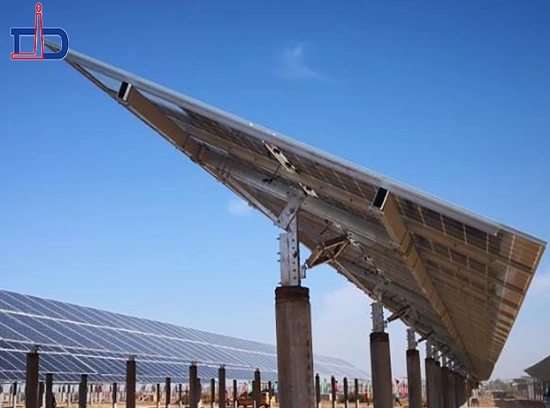
The steel structure construction products customization process involves client consultation, design adaptation, material selection, fabrication, quality control, and final delivery, ensuring tailored solutions meet specific project needs.
Building resilience in modern infrastructure is a critical challenge that engineers and architects face today. Amidst the threats of natural disasters and the demands of increasing urbanization, the role of steel frames has become more significant than ever. Steel, known for its durability, flexibility, and strength, offers unparalleled advantages in constructing buildings that are not only safe but also sustainable.
Steel frames form the skeleton of countless modern structures, from skyscrapers and bridges to schools and hospitals. Their ability to withstand high winds, earthquakes, and even fire makes them a preferred choice for areas prone to such hazards. Unlike traditional construction materials that may crack or crumble under extreme conditions, steel frames can absorb and redistribute forces, ensuring the integrity of the structure remains intact.
Moreover, the adaptability of steel allows for innovative designs that meet both aesthetic and functional requirements. With the advancement in technology, the custom steel frame can be prefabricated, leading to faster construction times and reduced labor costs. This efficiency, combined with steel’s recyclability, underscores the material’s role in promoting sustainable development.
Steel frames are at the heart of building resilience in modern infrastructure. Their exceptional properties not only safeguard human lives but also contribute to the creation of spaces that are durable, efficient, and forward-looking.

These projects, ranging from towering skyscrapers to expansive bridges, showcase the strength, durability, and flexibility of steel as a construction material. They not only fulfill their intended functional purposes but also contribute to the aesthetic and economic growth of their surroundings. Through meticulous planning, design, and execution, these steel structures have become iconic landmarks, demonstrating the possibilities of modern construction and the enduring value of steel in infrastructure development.
